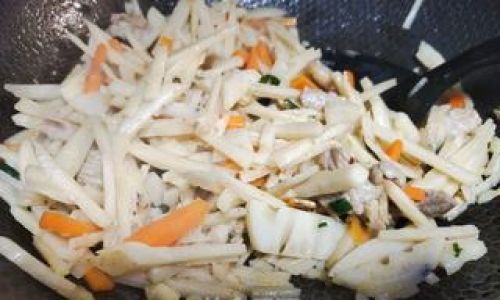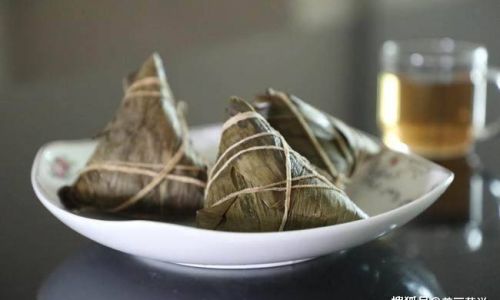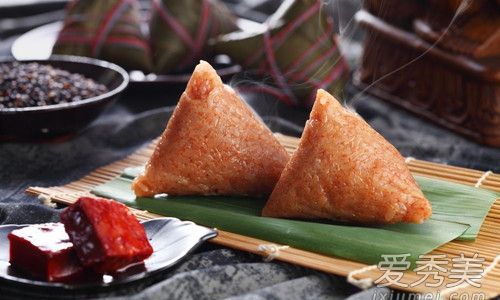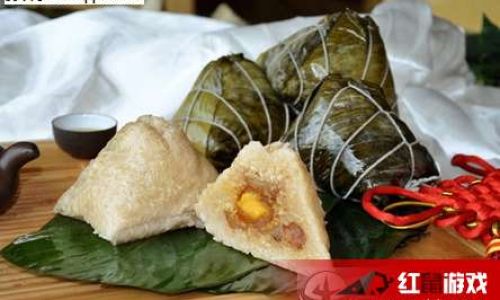Introduction
Stir-fried spicy lotus root, a beloved dish in many Asian cuisines, combines the earthy crunch of lotus root with a bold symphony of heat, spice, and umami. This versatile vegetable, known for its distinctive appearance and nutritional benefits, transforms into a culinary masterpiece when paired with fiery aromatics and savory sauces. Whether served as a standalone appetizer, a side dish, or a main component of a larger meal, this recipe offers a harmonious balance of textures and flavors that tantalize the palate. In this comprehensive guide, we will explore the history of lotus root in global cuisine, delve into the nuances of selecting and preparing the ingredient, and provide a detailed, foolproof method for achieving restaurant-quality results at home.

The Cultural Significance of Lotus Root
Lotus root (Nelumbo nucifera) has been cultivated and revered for millennia across Asia, Europe, and parts of Africa. In Chinese culture, it symbolizes purity, prosperity, and longevity, often featured in festivals and ceremonies. Beyond its cultural importance, lotus root is prized for its nutritional profile—rich in dietary fiber, vitamin C, potassium, and antioxidants. Its natural crispness and ability to absorb flavors make it an ideal candidate for stir-fries, soups, and salads.
The spicy stir-fry preparation, however, traces its roots to regions like Sichuan and Hunan, where chili peppers and garlic are liberally used to create bold, aromatic dishes. Over time, this technique has transcended borders, becoming a staple in home kitchens and restaurants worldwide.
Ingredients: Building Flavor Layer by Layer
To create an authentic stir-fried spicy lotus root dish, gather the following ingredients:
- 500g fresh lotus root: Choose firm, unblemished roots with smooth, pale skin. Avoid those with soft spots or discoloration.
- 3 tablespoons vegetable oil: Neutral oils like peanut or canola work best for high-heat cooking.
- 3 garlic cloves, minced: For pungent, aromatic depth.
- 1-inch ginger, peeled and grated: Adds a warm, slightly peppery note.
- 2–3 dried red chili peppers (or 1–2 fresh red chilies, depending on heat preference): Adjust quantity to taste.
- 1 tablespoon doubanjiang (chili bean paste): A fermented soybean paste crucial for umami richness.
- 1 tablespoon soy sauce: Use dark soy sauce for color or light soy sauce for saltiness.
- 1 teaspoon sugar: Balances heat and enhances caramelization.
- 1 tablespoon black vinegar: Provides a tangy contrast.
- 1 teaspoon Shaoxing wine (optional): Adds complex, fermented undertones.
- 2 tablespoons water or stock: To deglaze the pan and steam the lotus root slightly.
- 1 teaspoon sesame oil: For a nutty finish.
- Garnishes: Chopped cilantro, toasted sesame seeds, or sliced scallions.
Equipment Essentials
- Wok or large skillet: A carbon-steel wok is traditional and excels at high-heat cooking, but a stainless-steel or cast-iron pan also works.
- Sharp knife and cutting board: For precision slicing.
- Mixing bowl: To soak lotus root slices.
- Spider strainer or slotted spoon: For draining excess oil.
Preparation: The Foundation of Flavor
-
Cleaning and Slicing the Lotus Root:

- Rinse the lotus root under cold water, scrubbing gently to remove dirt.
- Trim the ends and peel using a vegetable peeler or knife. The skin is thin, so minimal pressure is needed.
- Slice the root into ¼-inch thick rounds. For added texture, cut some slices into half-moons or matchsticks.
- Immediately submerge the slices in a bowl of cold water with 1 tablespoon of white vinegar to prevent browning and remove excess starch. Soak for 10–15 minutes, then drain and pat dry.
-
Prepping Aromatics and Sauce:
- Mince garlic and grate ginger. If using fresh chilies, deseed and finely chop.
- In a small bowl, combine soy sauce, sugar, black vinegar, Shaoxing wine (if using), and 1 tablespoon of water. Stir until the sugar dissolves.
Cooking Process: Mastering the Stir-Fry
-
Heating the Wok:
Place the wok over high heat until it begins to smoke. Add 2 tablespoons of oil and swirl to coat the surface.
-
Stir-Frying Aromatics:
Reduce heat to medium-high. Add minced garlic, ginger, and dried chilies (if using). Stir-fry for 30 seconds until fragrant but not browned.

-
Adding the Lotus Root:
- Increase heat to high. Drain the lotus root slices and add them to the wok. Spread them into a single layer and let them sear undisturbed for 1–2 minutes to develop caramelization.
- Toss the lotus root continuously for 3–4 minutes until slightly tender yet crisp. Avoid overcooking, as mushy texture is a common pitfall.
-
Incorporating the Sauce:
- Push the lotus root to one side of the wok. Add the remaining 1 tablespoon of oil to the empty space, then add doubanjiang. Stir-fry for 10–15 seconds to release its red oil and flavor.
- Pour the prepared sauce mixture into the wok and toss to coat the lotus root evenly. Add 2 tablespoons of water and cover briefly (1–2 minutes) to steam-cook the slices if they’re still too firm.
-
Finishing Touches:
- Uncover and increase heat to evaporate excess liquid. Drizzle sesame oil and toss once more.
- Transfer to a serving plate and garnish with cilantro, sesame seeds, or scallions.
Tips for Culinary Excellence
- Uniform Slicing: Ensure even thickness to guarantee consistent cooking.
- High Heat Management: Maintain vigorous heat to preserve crispness while softening the fibers.
- Sauce Adjustments: Taste and tweak the sauce before adding—more sugar for balance, vinegar for acidity, or chili for heat.
- Vegan Adaptation: Substitute doubanjiang with a vegan-friendly chili paste and use vegetable stock instead of Shaoxing wine.
Serving Suggestions and Pairings
- As a Side Dish: Complements rich meats like duck or pork belly.
- In Noodle Bowls: Toss with chilled soba noodles, shredded veggies, and a sesame-soy dressing.
- With Rice: Pair with steamed jasmine rice and a fried egg for a quick meal.
- As a Wrap Filling: Stuff into lettuce cups with hoisin sauce and crushed peanuts.
Health Benefits and Dietary Notes
Lotus root is low in calories and high in fiber, aiding digestion and promoting satiety. Chili peppers contain capsaicin, which may boost metabolism and reduce inflammation. This dish is naturally gluten-free (use tamari instead of soy sauce) and can be made vegan with minor tweaks.

Troubleshooting Common Issues
- Soggy Texture: Overcrowding the pan causes steaming instead of searing. Cook in batches if necessary.
- Bland Flavor: Ensure proper seasoning and use of umami-rich ingredients like doubanjiang.
- Burnt Aromatics: Lower heat when stir-frying garlic and ginger to prevent bitterness.
Variations and Creative Twists
- Protein Additions: Toss in shrimp, diced chicken, or tofu during the final minute of cooking.
- Vegetable Medley: Incorporate bell peppers, snap peas, or mushrooms for color and texture.
- Spice Levels: Adjust chili quantities or use paprika for mild heat and vibrant color.
- Fermented Notes: Add a splash of rice vinegar or a teaspoon of miso paste for depth.
Conclusion: The Joy of Experimentation
Stir-fried spicy lotus root is more than a recipe—it’s a canvas for culinary creativity. By mastering the balance of heat, crunch, and savory complexity, you unlock a dish that delights seasoned foodies and curious novices alike. Whether adhering to tradition or embracing innovation, this recipe invites you to savor the journey as much as the destination. So, fire up your wok, gather your ingredients, and let the sizzle of spices and the crunch of lotus root transport you to a world of flavor.
Final Word:
The next time you crave a dish that marries texture and fire, remember that the humble lotus root holds within it the potential for greatness. With practice, patience, and a dash of daring, you’ll soon find yourself not just cooking, but creating—one fiery, crispy bite at a time.






0 comments